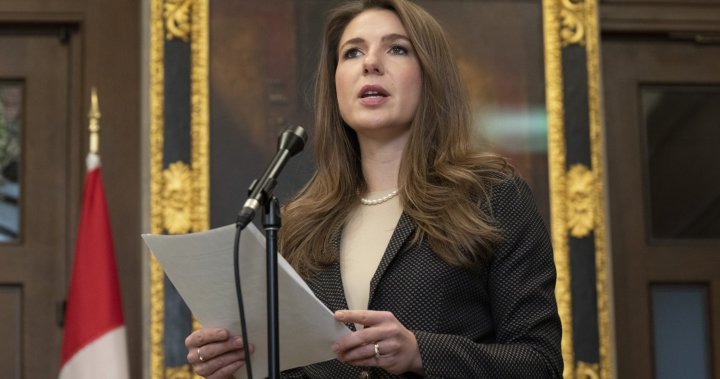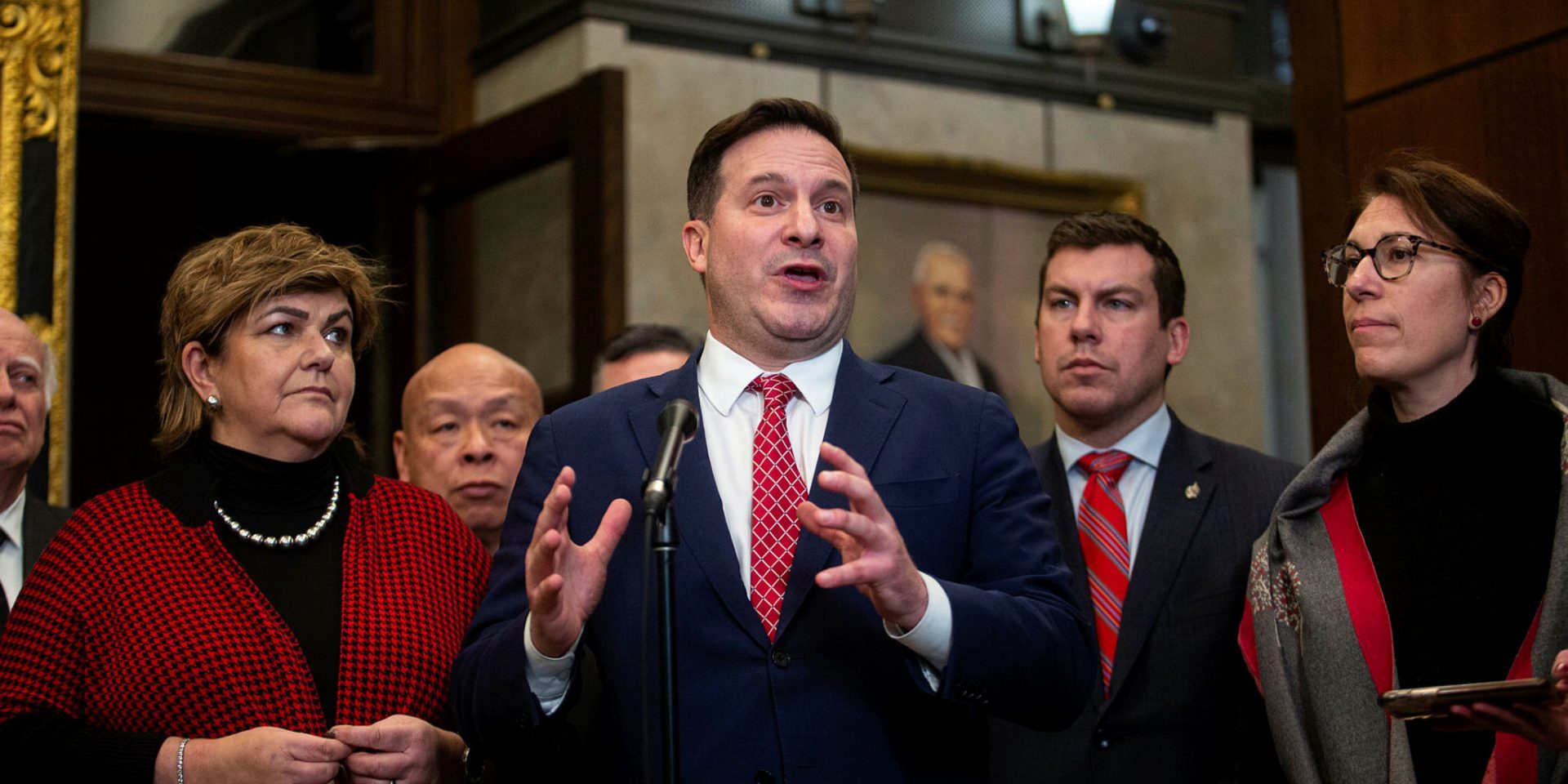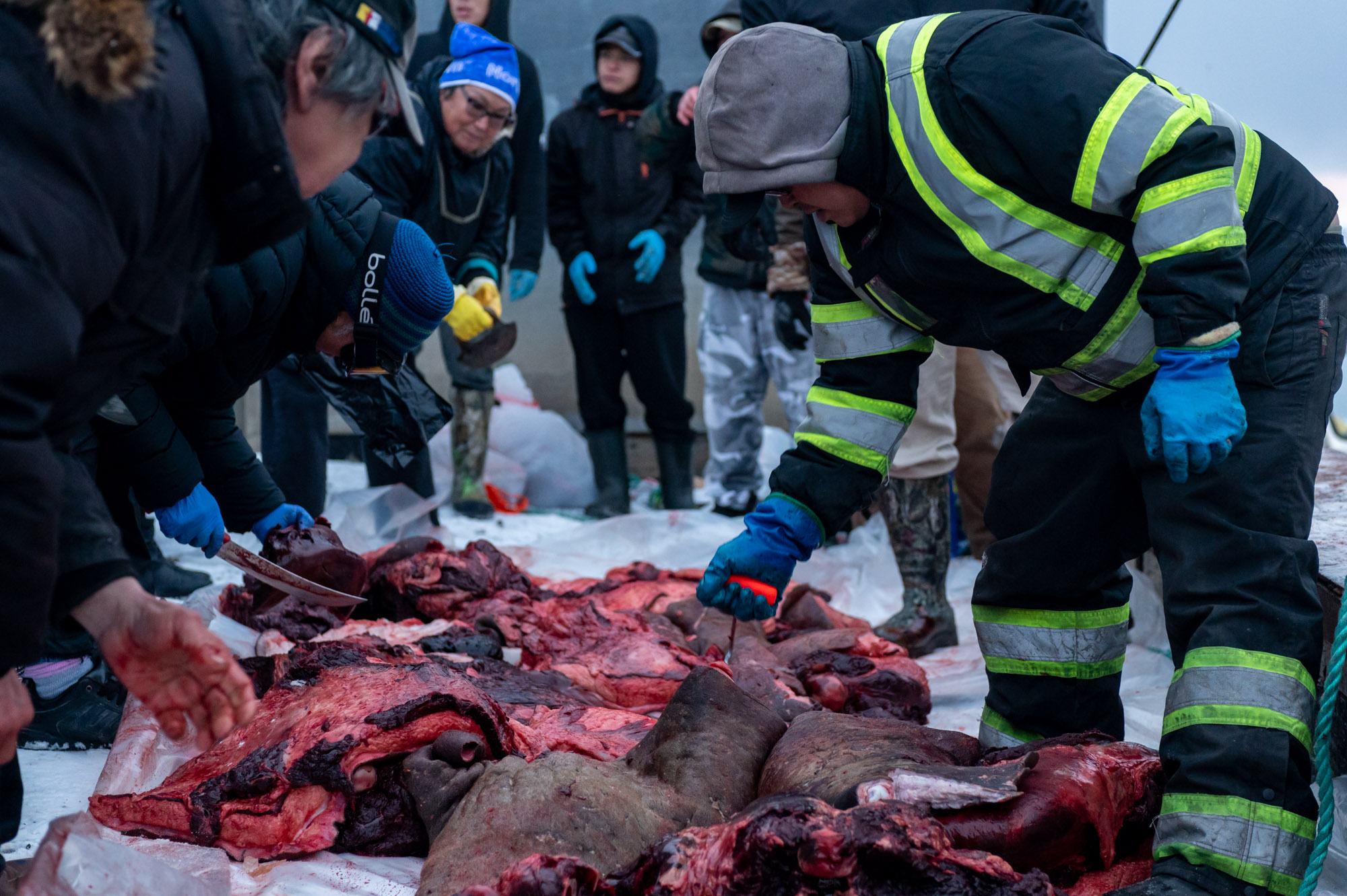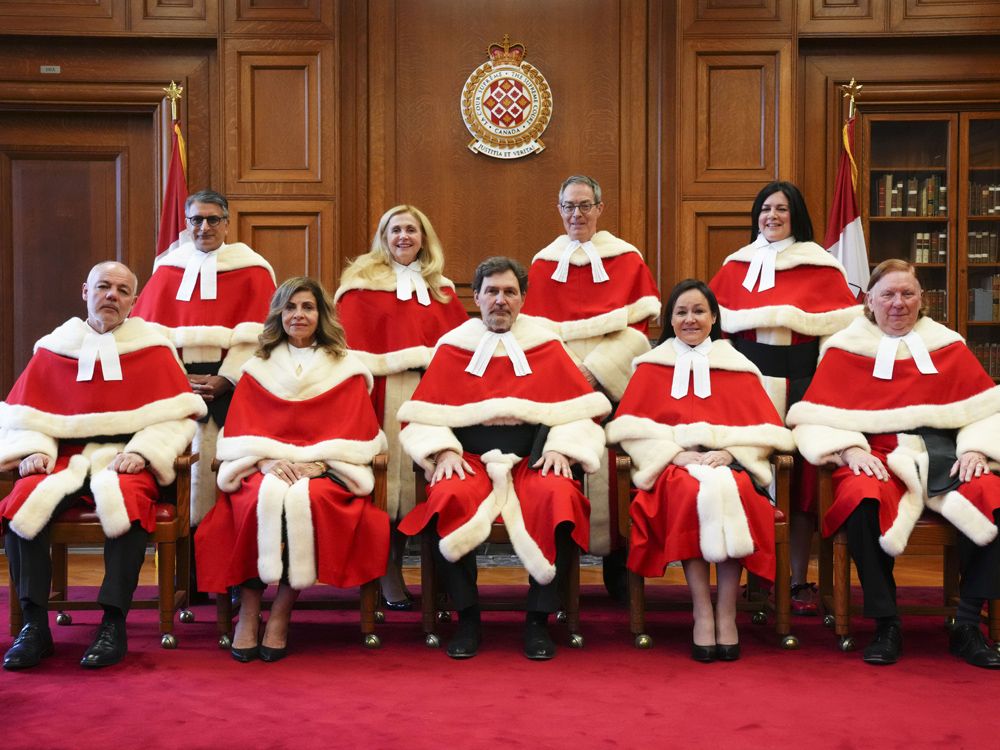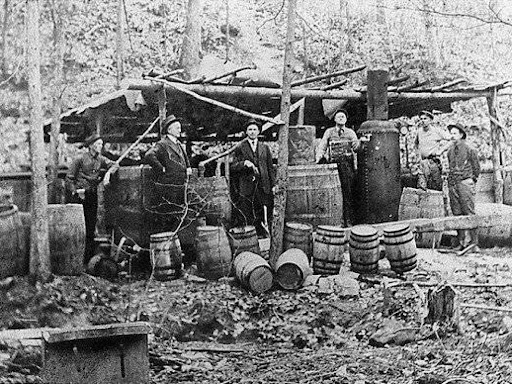“But don’t ask me for explanations on why it was done the way it was done,” said Rathjen of the government’s late November amendment, which she said led to an information void that has since been filled by confusion and misinformation from opponents of gun control legislation.
Mendicino’s office did not respond by deadline to questions from The Hill Times about why the government did not put out any public statements in late November or early December to explain the last-minute amendments to the bill.
Heidi Rathjen, co-founder of gun control group PolySeSouvient, says advocates have been pushing for more than 30 years for a definition of banned assault weapons that would not become outdated as new models are introduced.
The minister’s office also did not confirm whether the government had promised groups such as PolySeSouvient, before Bill C-21 was tabled on May 30, that it would eventually amend the bill to include an evergreen definition of assault-style weapons to be banned.
Rathjen said legislative text on its own is complex to read.
“You have to be a lawyer and a ballistics expert to understand the amendment the way it’s written. It took us days to understand what it meant, and that was based on extensive research, conversations, and listening to the testimony of the experts in committee,” said Rathjen.
Former NDP staffer Cam Holmstrom told The Hill Times the way the Liberals rolled out the 300-plus-page amendments to the firearms bill was “a complete own goal.”
He said introducing “hundreds of pages” worth of amendments once the bill had already made it to clause-by-clause consideration in the House Public Safety Committee was a show of bad faith. “It makes people think you’re up to something.”
Given that the Conservatives have been warning for more than 15 years that “the Liberals are coming to take your guns,” Holmstrom said the government’s approach in this case gave credence to these warnings.
“In the age of conspiracy theories, you’ve actually managed to take the disinformation and make it real,” said Holmstrom, now founder and principal at Niipaawi Strategies.
He said the government’s approach has put its rural MPs in a difficult position—especially Liberal MPs in the territories, in Quebec, in New Brunswick, and “definitely in Labrador” who rely on the votes of Indigenous communities.
Yukon Liberal MP Brendan Hanley, seen here at a committee meeting on Oct. 20, says he has heard from constituents who are concerned that their hunting rifles will be banned.
“They’ve got good northern MPs and good Indigenous MPs in that caucus who know this issue,” he said, speculating the government had either not consulted with them before introducing the amendments, or worse, had consulted with them but then disregarded their advice.
Yukon Liberal MP Brendan Hanley, who said in the House on Dec. 7 that he would not support the bill if the amendments were to pass as written, told The Hill Times he has since had several conversations with House Public Safety Committee members and with Mendicino to express the concerns of Yukoners who say they have found their hunting rifles on the list of weapons that would be banned by the bill. Hanley said he’s “heartened” by the minister’s openness to addressing these concerns.
“I’m certainly encouraged,” he said, adding that he spoke with Mendicino on Dec. 14 about the possibility of direct consultation or round table events that would involve northern, rural, and Indigenous voices.
“I’m looking forward to getting clarity on the amendments,” he said.
‘The proposed amendments include an evergreen definition of assault weapons that would have more staying power than a static list of specific guns that becomes outdated over time as new models enter the market.
Rathjen said the amendments would not impose a sweeping ban on hunting rifles, as suggested by Conservative MPs and gun rights groups. She pointed out the changes, if passed, would ban military-grade weapons that produce more than 10,000 joules of muzzle energy, while allowing guns that fall beneath that threshold.
“Ten thousand joules will pierce light armoured vehicles. It may be used to kill elephants, but we don’t have elephants in Canada,” she said. “This is massive, massive damage. Just for example, an AK-47 produces less than 2,000 joules of muzzle energy.”
Rathjen said Mendicino’s team had promised an evergreen definition would be part of the government’s gun control package, even though the original text of Bill C-21 did not include it when it was tabled in Parliament on May 30. She said Mendicino confirmed this promise to her group and to other gun control supporters in person when they stood behind him at a press conference later that day, and that she took this as a promise that the government would amend the bill.
Public Safety Minister Marco Mendicino holds a press conference May 30 to announce the government’s gun control package.
“It’s been 33 years. It’s now or never. This is our last battle. If we don’t get it through with a government who was elected on three promises to ban assault weapons,” said Rathjen, “it’s the end of our fight. We’re all volunteers, nobody gets paid. You can’t expect people to keep fighting this fight forever.”
House Public Safety Committee still assessing next steps
Liberal MP Paul Chiang (Markham-Unionville, Ont.) introduced two amendments to Bill C-21 at the House Public Safety Committee in mid-November—labelled G-4 and G-64. Amendment G-64 is more than 300 pages long and includes a list of firearms to be banned. The amendments first came up for discussion at the Nov. 22 meeting, when the committee was scheduled to begin clause-by-clause consideration of the bill.
Liberal MP Paul Chiang introduced the proposed amendments the meeting before a parliamentary committee was scheduled to do clause-by-clause consideration of the bill.
Conservative MPs objected to what they called substantial amendments outside the scope of the original bill. Speaking to reporters from the House of Commons foyer on Dec. 8 after she was expelled during a debate about the firearms bill, Conservative MP Raquel Dancho (Kildonan-St. Paul, Man.) said “millions of hunters” would be affected by what she called “the largest ban of Canadian hunting rifles in the history of our country.”
Conservative MP Raquel Dancho says the Liberals brought amendments to the firearms bill in an ‘underhanded way.’
She went on to criticize the “underhanded way” in which the Liberals introduced the amendments at the House Public Safety Committee, where she is the vice chair.
Bloc Québécois MP Kristina Michaud (Avignon-La Mitis-Matane-Matapédia, Que.) and NDP MP Alistair MacGregor (Cowichan-Malahat-Langford, B.C.), the public safety critics for their respective parties, joined with Liberal members of the committee on Dec. 8 to request an emergency meeting to discuss extending its study of the bill in light of the public uproar over the lengthy amendments.
That meeting, which interrupted clause-by-clause consideration of the bill, began on Dec. 13. MPs debated the possibility of scheduling additional meetings to hear witness testimony about the amendments. The Dec. 13 meeting was suspended after two hours without a resolution to the key question. Committee clerk Simon Larouche confirmed in an email that the meeting would resume in 2023.
The motion to bring in additional witnesses has not yet been finalized, but the committee discussed inviting Indigenous groups and hunters’ associations concerned that the amendments would take away their hunting rifles.
Rathjen said such groups have been misled into thinking it would affect them, and instead called on the committee to begin the new year with testimony from “neutral legal and ballistics experts” who can clarify what the text actually says.
“People need to know accurately whether their firearms are being affected. And then it’s time to hear legitimate complaints. Because we also believe it’s impossible to draw a clear line between hunting and assault weapons. And there’s inevitably going to be models that fall on the wrong side of that line. And those corrections will need to be made. But they have to be based on facts and reality, and not on disinformation.”
Sheamus Murphy, a former Liberal staffer now with Counsel Public Affairs, told The Hill Times that MPs propose amendments to bills all the time at the committee stage and these amendments do not typically come with lengthy communications strategies. He did acknowledge, however, that a highly technical 300-plus-page amendment from a government MP might signal co-ordination with the minister’s office.
Still, Murphy said the government has shown a willingness to address the concerns following the uproar and “the active discussion that you see playing out across Canada” reflects a healthy legislative process in action.
“It’s not a simple question about where you draw the line between a hunting rifle and an assault weapon,” said Murphy, who added he was confident the committee would strike the right balance in the end.
A gun control group calls on the House Public Safety Committee studying the sweeping Liberal firearms bill to address ‘misinformation’ about which guns would be banned by recent proposed amendments. Heidi Rathjen says she's worried the confusion will erode public support for the bill.

www.hilltimes.com
And right there, in black and white, we understand that this government colluded with and bribed anti-firearm groups to sneak the amendments in AFTER debate on C 21's particulars.
Slimy & Underhanded to say the least...
